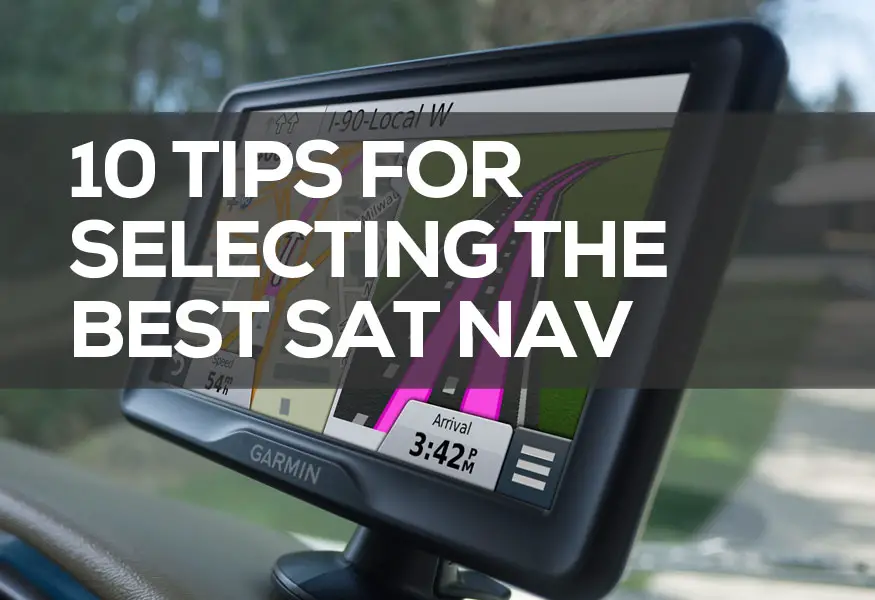A few years ago, satellite navigation systems (Sat Nav) were limited to high-end cars and airplanes and ships. At best, they were a worthy purchase for those who travel thousands of miles every year. Today, however, satellite navigation systems are a common sight in most cars. They are easily available and do not cost you too much to buy and install. More importantly, car navigation systems are pretty much essential unless you drive your car only on a fixed route.
If you like taking the car out for occasional trips across the city or for the weekends, satellite navigation will serve you well and make it easier for you to get around. With dozens of system models in the market available for a wide range of costs and with several features, buying one may not be as easy as you thought. There are lots of things to consider, but here are ten tips to help you make the right decision.
1. Understand your requirements
What kind of satellite navigation system do you need? Do you need a bare-bones system or do you need something that does more than show you a map? These are questions you should ask yourself before you start looking at satellite navigation system models.
2. Be clear about the features available
A sat nav system is basically a small screen that you see from the corner of your eye as you drive, but that does not mean its other features are not usable. Make sure you know exactly the kind of features are present in the model you buy.
3. Read reviews on different systems
Read reviews on different navigation systems. It helps you identify the best companies in the market and learn how to assess the quality and performance of a navigation system. At the same time, avoid buying a model just because it is the best one according to a few reviewers. It may not work well according to your requirements.
4. Focus on performance
The best sat nav system is meant to show you your current location and a layout of the roads and paths around you. This means handling huge amounts of data on the regional map and communicating with GPS satellites constantly. Obviously, performance matters a lot when you choose this kind of system.
5. Take a look at traffic updates
An in-car navigation system can provide more than just directions to your destinations. If you live in a city, look for a system that provides you with traffic updates and statuses. It helps you avoid traffic and find the fastest way around town.
6. Screen size does not matter, but touchscreen does
You can get large-screen navigation systems, but cheaper ones with smaller screens work fairly well too. However, you should be careful about whether the system is controlled by touchscreen. You still get some systems controlled by buttons, but touchscreen is a better option.
7. Take a look at the sensitivity of the receiver
High-sensitive receivers offer great signal reception, even in places where it is tough to catch satellite signals like in the forest, in steep terrain, or in the middle of tall skyscrapers. These receivers are common in high-end navigation systems but available in some cheap models too.
8. Check if audible directions are available
Audible directions are very useful, but the quality of instructions can vary with each model. Some of them give precise instructions with the street names, while others just give directions like ‘turn right at 100 yards’. Choose a model that is easy for you to understand.
9. Look for Bluetooth connectivity
The sat nav system in your car can let you take calls while driving with its Bluetooth feature. Models with this feature come with inbuilt speakers and a microphone so that you can connect it to your Bluetooth-enabled phone. You can then make and receive phone calls hands-free.
10. Check the system’s playback features
If you want your navigation system to work as your car’s music player, you can find many models that offer similar features.

